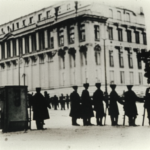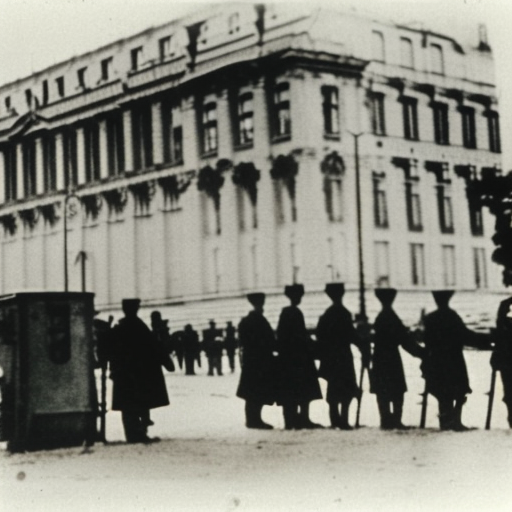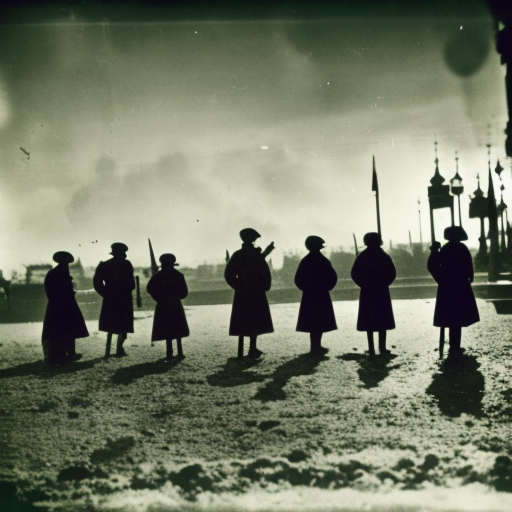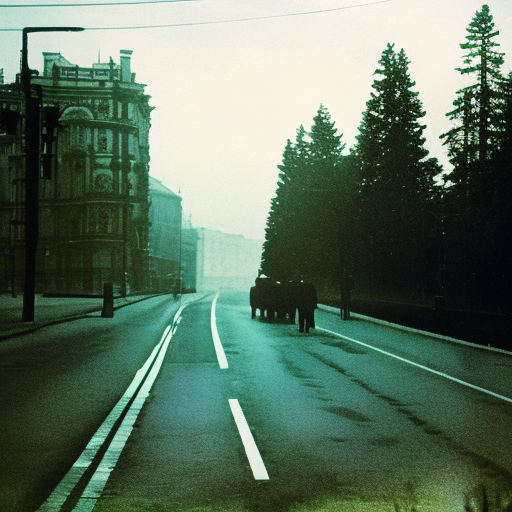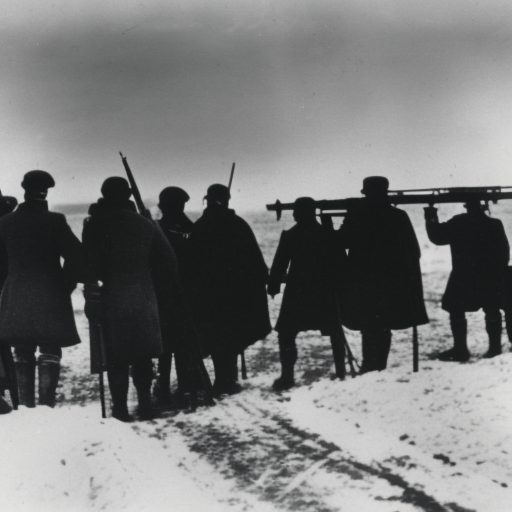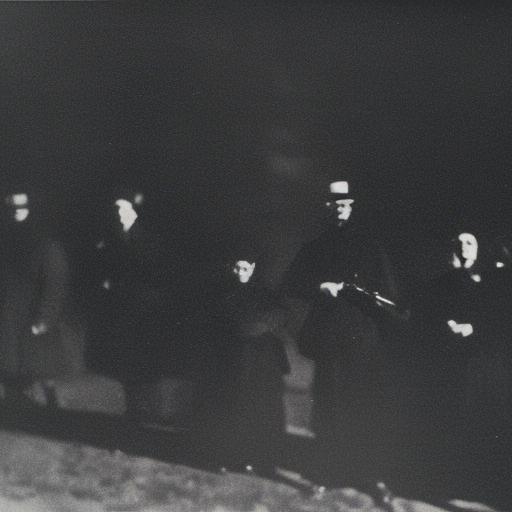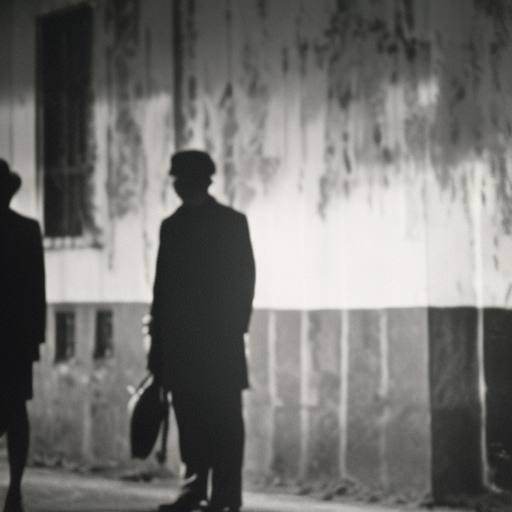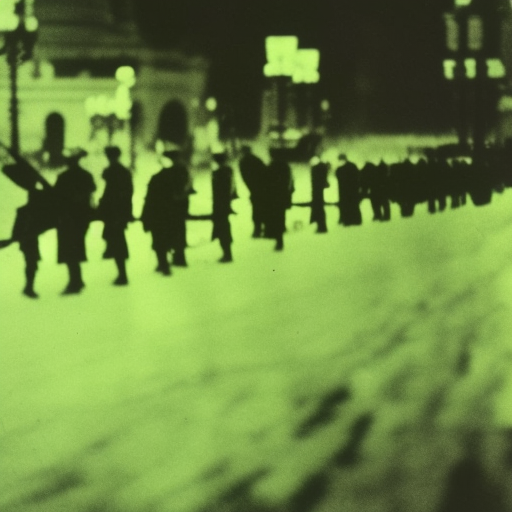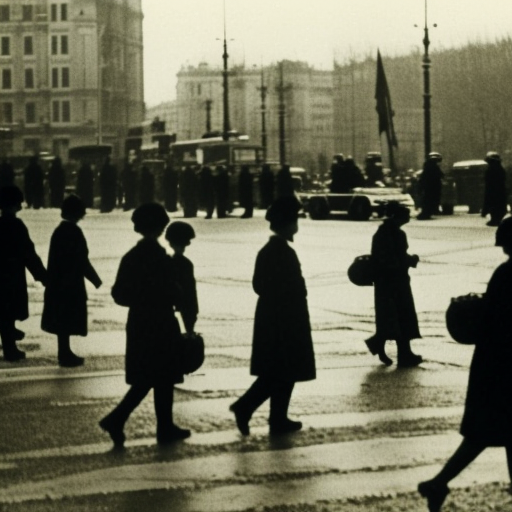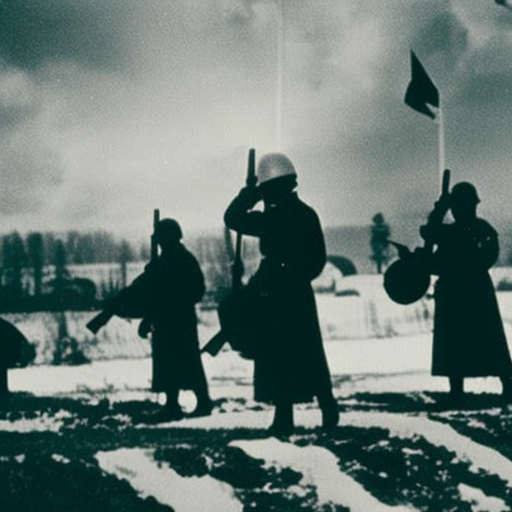The Bolshevik Revolution of 1917 marked the rise of the Communist Party in Russia and the overthrow of the Provisional Government, leading to the establishment of the Soviet Union.
The October Revolution (1917) Explained
The October Revolution of 1917 was a pivotal event in Russian history that led to the establishment of a communist government under the leadership of Vladimir Lenin.
The Time of Troubles in Russia Explained
The Time of Troubles in Russia was a period of political and social upheaval following the death of Ivan the Terrible in 1584.
The Treaty of Brest-Litovsk (1918) Explained
The Treaty of Brest-Litovsk was a peace agreement signed between Soviet Russia and the Central Powers, ending Russia’s involvement in World War I but resulting in significant territorial losses.
The Russian Revolution (1917) Explained
The Russian Revolution of 1917 marked the overthrow of the Tsarist autocracy and the establishment of a socialist government in Russia.
Ten days’ campaign Explained
The ‘Ten days’ campaign’ was a military operation during the Chinese Civil War in 1947, where the Communist Party of China successfully captured the city of Jinan from the Nationalist forces.
Russian Revolution Explained
The Russian Revolution was a period of political and social upheaval in Russia that led to the overthrow of the Tsarist autocracy and the establishment of the Soviet Union.
October Revolution Explained
The October Revolution was a Bolshevik-led uprising in Russia in 1917 that overthrew the Provisional Government and established Soviet power.
Russian Civil War Explained
The Russian Civil War was a violent conflict that took place from 1918 to 1922, resulting in the victory of the Bolsheviks and the establishment of the Soviet Union.
